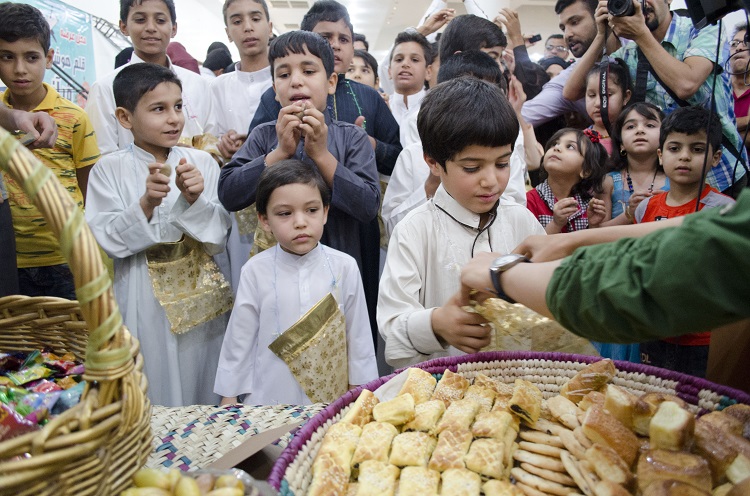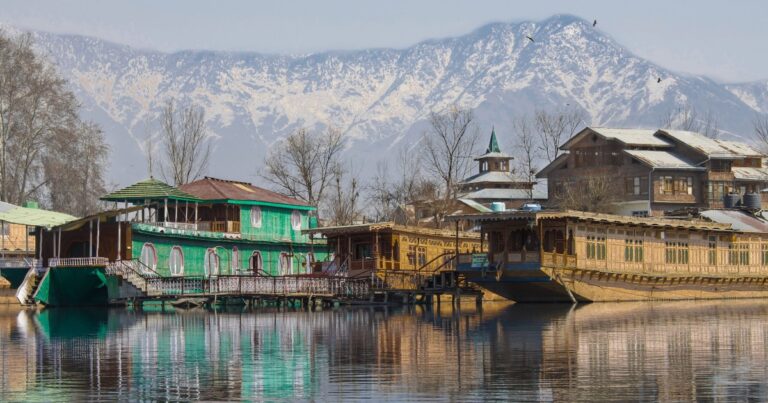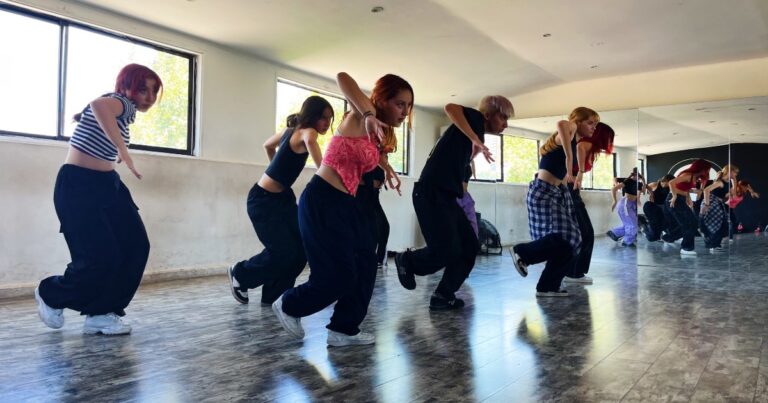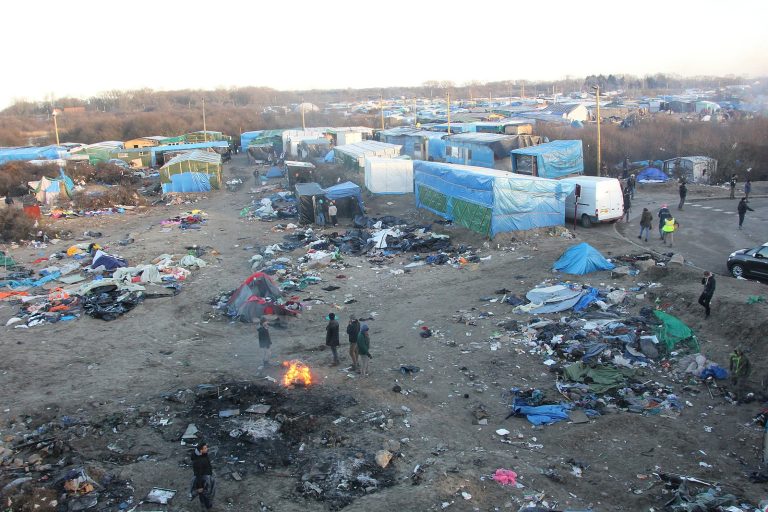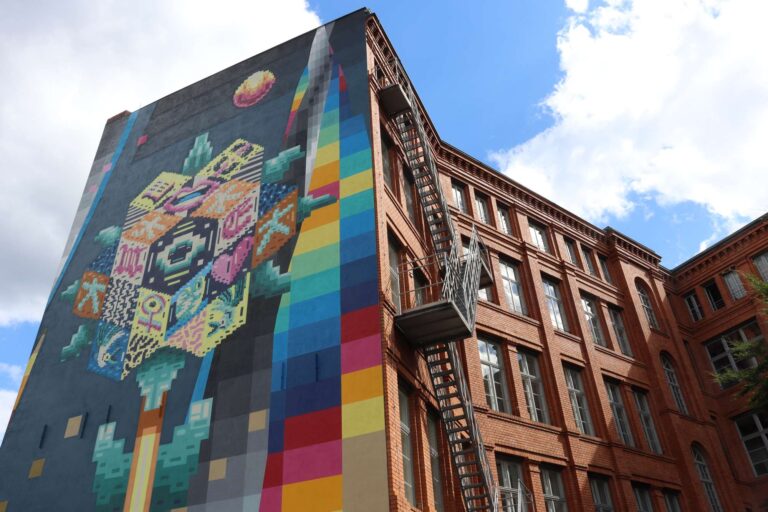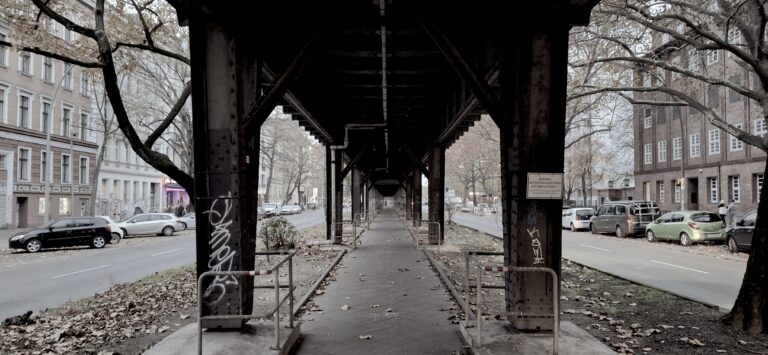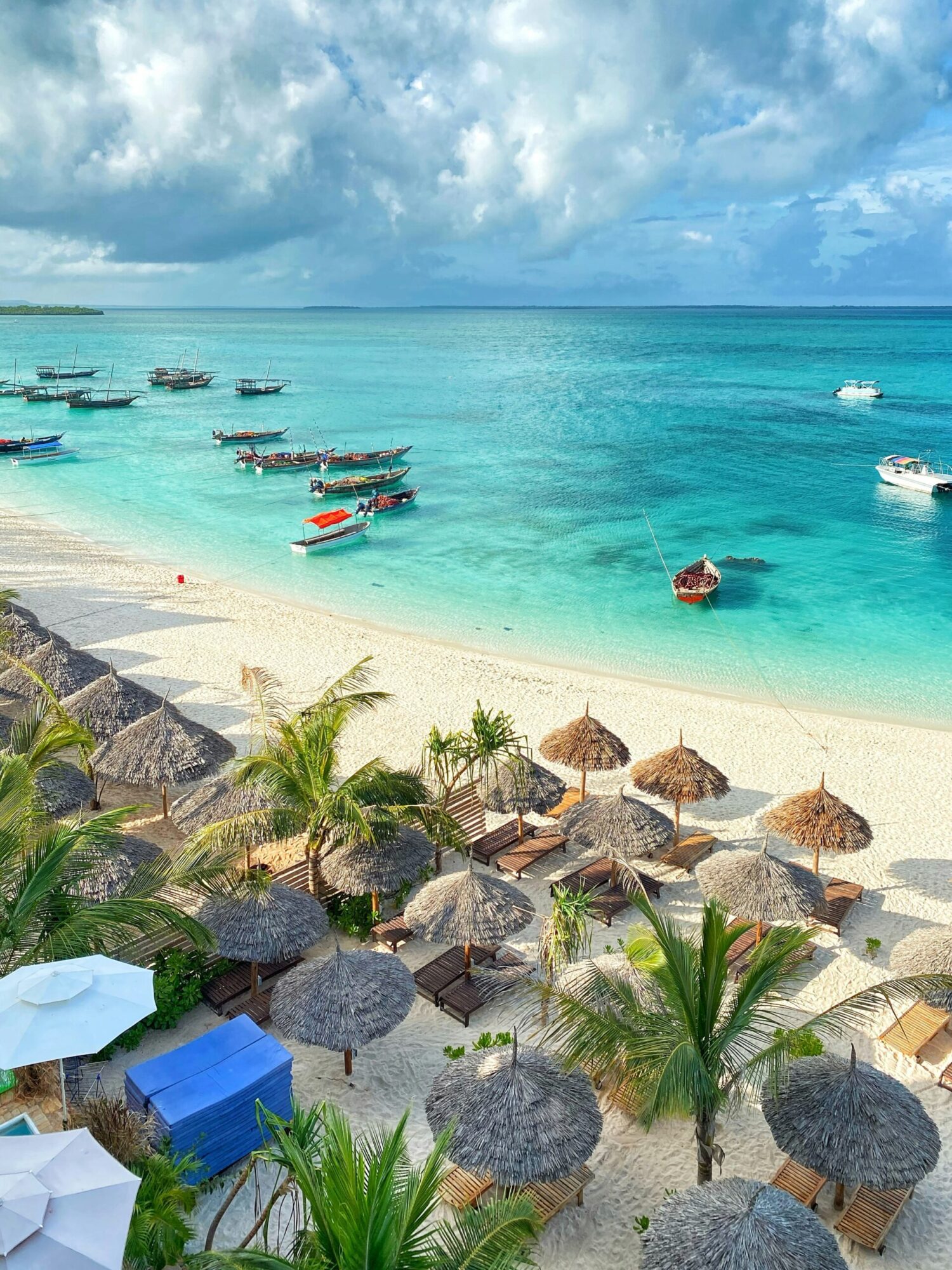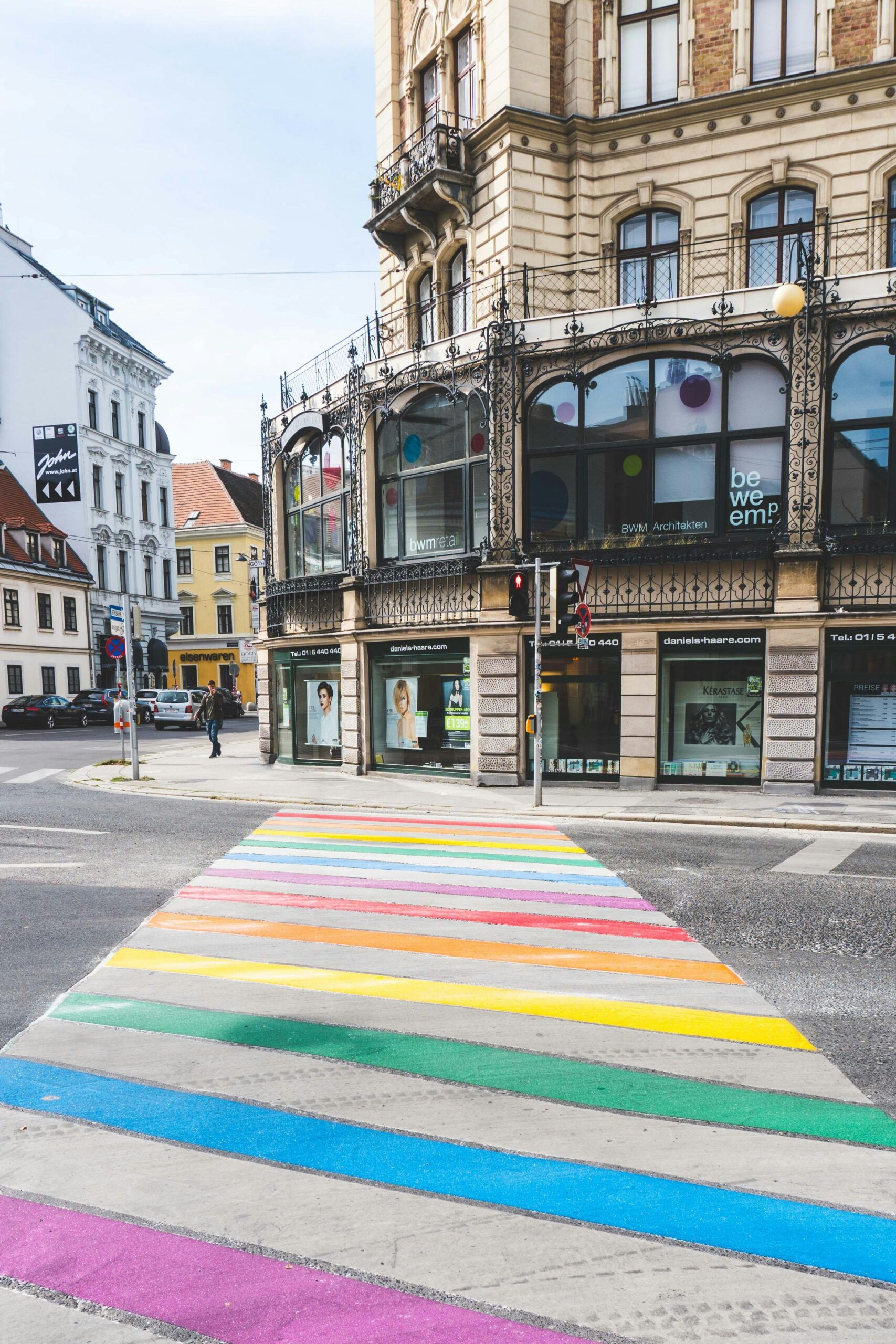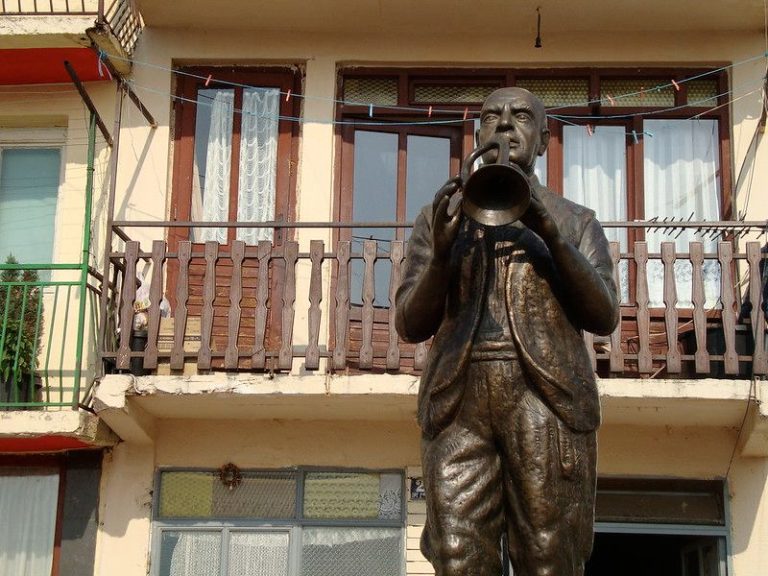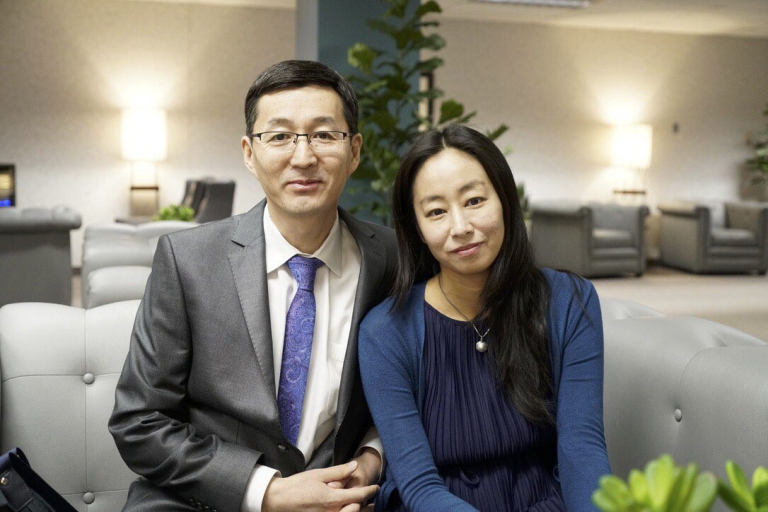I spent three months conducting anthropological research in the Sibundoy Valley, a verdant basin nestled between the Andes and the Amazon in southwest Colombia. There, the Indigenous cultures of the Kamëntšá and Inga peoples coexist alongside the majority mestizo population and an influx of foreign visitors. The diversity displayed in the Sibundoy Valley highlights how cultures converge and adapt, sometimes in unexpected and creative ways.

Resilience and coexistence in the wake of colonialism
“Wakhtán,” came the customary greeting in the Kamëntšá language as I entered the house of Batá Margarita Chicunque, 80. Margarita is one of the most highly respected artisans in Sibundoy, locally renowned for her mastery of weaving.
I had come to pick up a capisayo, a ceremonial poncho, which I had commissioned in the traditional style.
Margarita waved me into her home with a smile that showed the gaps in her teeth. I sat to watch as she put the finishing touches on her work.
Margarita’s hands seemed to move automatically, drawing the fibers together, interweaving red threads with blue, white, and black — the traditional colors of the Kamëntšá. Even as her hands flew across the loom in a series of movements honed by decades of practice, her eyes were on the grainy screen of the antique television, whose light illuminated the narrow confines of her modest workspace.

The broadcast showed the inauguration of Gustavo Petro, the newly elected President of Colombia at that time — and the favored candidate among the two Indigenous communities of the Sibundoy Valley.
Petro is one of those rare voices in Colombian politics who has shown concern for the welfare of Indigenous communities, who make up 3.4% of the nation’s population.
When my Kamëntšá hosts in Sibundoy learned that Petro had won the hotly contested election of 2022, they cried tears of joy. Many hoped that Petro’s presidency would mark a turning point in a history marred by discrimination against Indigenous peoples.
For locals of Margarita’s generation, that history is well within living memory.
When Margarita was a girl, she recalls, few outsiders came to Sibundoy. The area was difficult to access at the time. There was only one road into the valley, built in the 1930s by Indigenous forced labor overseen by the Capuchin missionaries who ruled Sibundoy for the better part of the twentieth century.
Empowered by the Colombian state to rule over a large swath of southwestern Colombia, the Capuchins dominated Sibundoy from 1904 to 1970.
A history of forced assimilation
In the days of the Capuchin rule, children caught speaking Kamëntšá or Inga were beaten in the missionary schools and ridiculed by their mestizo peers. The Capuchins claimed they wanted to “civilize the savages” by stripping away their culture and replacing it with the Spanish language, Catholic doctrine, and the Colombian national anthem.
The Capuchin fathers, who equated Indigeneity with backwardness and idolatry, hoped that with enough brutality, nothing of the Indigenous cultures they came to “civilize” would survive.

At the same time, the Capuchins sought to populate Sibundoy with mestizo settlers brought in from other parts of Colombia. By the mid-twentieth century, settlers from the neighboring city of Pasto and places farther afield like Antioquia — known as the “Whitest” region of Colombia — came to outnumber the valley’s Indigenous communities.
With a combination of trickery and theft, the mestizos soon came to occupy the best land in the valley, pushing the Indigenous inhabitants to the marshy base, which floods each season and is ill-suited for cultivation.
Though the challenges faced by the Indigenous communities of Sibundoy continued after the dissolution of the Capuchin Mission in 1970, the resilience of people like Margarita demonstrates that the missionaries did not succeed entirely.
Seventy years after learning how to weave the traditional patterns from her mother, who learned them from her mother before her, Margarita keeps the ancestral arts of her people alive — as do her daughters and granddaughters.
But Margarita’s craft hasn’t remained unchanged during the decades she made her living at the loom.
“When I started,” she told me, “we had only sheep wool to weave and stones as beads. We had to make our own natural dyes with plants, which we had to go out and find.”
“Today, we can buy synthetic yarn and plastic beads in all colors,” she added. “Now that the materials are much cheaper and more abundant, everyone can weave.”
Festival season: a microcosm of cultural and religious pluralism
Even though Indigenous traditions like Margarita’s weaving survived the Capuchin Mission, colonization still changed the Indigenous cultures of the valley. Today, the plaza at the center of Sibundoy is known as Interculturality Park, a nod to the mix of cultures in the region.
Both the Kamëntšá and Inga cultures are irreversibly marked by the experience of colonization and the following decades of coexistence with the mestizo population. Not only does every Indigenous person in the valley today speak Spanish — and many no longer speak Kamëntšá or Inga — but almost all are also practicing Catholics.

Nevertheless, there is something different about the forms of Catholicism practiced in Sibundoy. One example is the festival of Clestrinÿe, which marks the culmination of the Kamëntšá calendar.
Every year on the Monday before Ash Wednesday, the Kamëntšá don their ceremonial regalia, take up their instruments, and embark on a procession that renews their people’s contract with their ancestors, Mother Earth, and the cosmos. Vibrant colors, discordant sounds, and all manner of sights and symbols converge in this gathering of a people celebrating an annual ritual of resistance and renewal.

Once forbidden by overzealous Catholic missionaries, today, the festival gets larger and more festive each year.
The meaning of the festival, however, is still a topic of active debate within the community. Some ascribe Christian values to it. Others stand by the ancestral interpretations.
And even though the Capuchins failed to stamp out the festival, their successors rebranded it the “Carnival of Pardon,” claiming that Christian notions of forgiveness from sin are part of the festival’s symbolic acts of communal reconciliation.
This Catholic gloss conferred legitimacy on the festival for some in the community. It also attracted outside interest in the Sibundoy Valley.
Others, however, rebelled against this cooption, preferring to emphasize the festival’s roots in the precolonial past — a world concerned with ancestral spirits, ancient deities, and the annual renewal of a delicate cosmic balance. Today, both interpretations vie for legitimacy in the tumult of the deeply syncretic Clestrinÿe festival.
At stake in such debates is the question of what it means to be Kamëntšá following centuries of intercultural contact and exchange. This question permeates every aspect of life for the Indigenous communities of Sibundoy, where differing cultures and identities increasingly converge.
Tourism: a help or a hindrance?
In recent years, the growth of Colombia’s tourism sector has attracted increasing interest in the Sibundoy Valley.
Many of the foreign visitors who come through the valley come in search of yagé — the local term for a potent hallucinogenic brew better known as ayahuasca.

As in much of the Amazon, the Indigenous communities of the Sibundoy Valley have long used yagé as a sacred plant medicine.
At a ceremony with an Inga shaman, a French tourist in his mid-30s explained why he had come to seek the sacred brew.
“In the West, there’s no more spirituality,” he told me. “We’ve become disconnected from nature, from ourselves. Yagé helps restore that connection.”
Today, thousands of foreigners — mostly Westerners — flock to the Sibundoy Valley every year to experience the powerful visions produced by the brew.
The valley’s indigenous inhabitants have mixed reactions towards these foreigners.
Some members of the Indigenous communities regard the newcomers with suspicion. When I met with the governor of the Kamëntšá council to request permission to take photos and videos during Clestrinÿe, he initially suspected me of spying on the community’s inner affairs. My host family had to intercede on my behalf — with lengthy advocacy spoken in the ceremonial register of the Kamëntšá language — for him to agree. Such reticence is typical among the more traditional members of the community.
Not everyone is so suspicious of outsiders, though. Where some see threats, others see opportunities.
The 40-year-old Rosario Jacanamijoy, currently a government bureaucrat in the Colombian capital of Bogotá, dreams of someday returning to her native valley to buy back the lands that mestizo settlers swindled from her grandparents decades ago. Once she buys back her family’s land, she plans to build a series of cabins to start an ecolodge to promote sustainable tourism.
“We would like the whole world to know our community,” she told me. “Our colors, our weaving, our territory.”
Defending the land for future generations
Despite the optimism of people like Rosario, outside threats to the valley’s Indigenous communities persist in the form of multinational mining concessions, road development projects, and the long-lasting Colombian armed conflict.
When the Capuchins left, others took their place. First came the oil barons, Western corporations that installed pipelines in the neighboring lowlands, rich in the so-called black gold of the Amazon. In the process, they displaced Indigenous populations and polluted ecosystems.
Then came the guerrillas, narcos, and paramilitaries, who brought the violence of the Colombian conflict up the slopes of the Andes and into the Sibundoy Valley. Locals soon found their family members threatened, or even disappeared, at the hands of these bandits. Such violence continues sporadically.
Today, Western-owned multinational mining companies like Libero Copper continue to threaten the autonomy and health of Indigenous communities and their natural environments. At the same time, projects like the long-stalled San Francisco-Mocoa Bypass, a highway development project, threaten Kamëntšá land claims and local ecosystems.

Even so, Antonio Juagibioy, an Inga shaman, land defender, and former Inga council member, finds cause for hope.
As we walked along a mountain path over the beautiful and verdant Sibundoy Valley with the Territorial Guard — an ethnically mixed Kamëntšá-Inga unit of land defenders who patrol the territory for trespassers — Juagibioy told me that their region has its own soul, life, and air.
“Why do we defend the territory? For those on the way, the children, the youth, all those still walking behind us,” he said. “For them, we defend the territory so that one day they’ll have a place to say, ‘Thanks to the elders, those who came before, for leaving us this.’”
Rowan Glass is an anthropologist, journalist, writer, and filmmaker based in Colombia.
This journalism was possible thanks to the generous support of George Mason University’s Mercatus Center and its Pluralism and Civil Exchange program.
